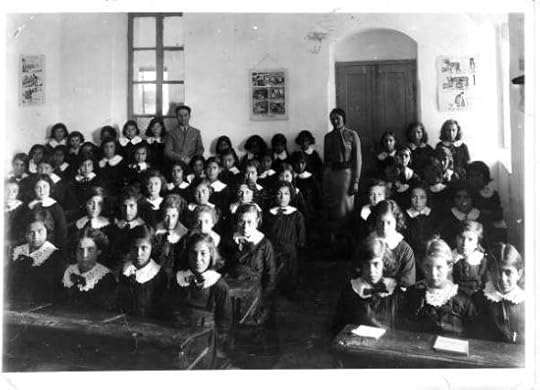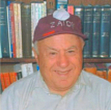My Introduction to Jewish Education

I am a first-generation American who grew up in an America very different from now. All immigrants knew that their children had a better shot at making it in life in America than any other place in the world. Amid the great need to move to the land of opportunities and the events in Germany which scarred Jewish immigrants, there was a rising sense of aversion to spirituality. Religious yeshivas focused on Jewish education were considered obsolete in the new-age America where one had to grasp modern education in order to progress economically.
The shuls, or Jewish education centers, in the localities saw a decline in attendance over the years and were slowly demolished to make way for new buildings. I became a bar mitzvah in the shul in Coney Island on West Nineteenth Street, which was also demolished later. Though my parents never spoke to me in Yiddish and always tried to speak English, my grandfather introduced me to Yiddish. He was fond of me, and I visited him often for Shabbos.
In February 1946, my mother enrolled me in class aleph at the Sea Gate Sisterhood and Talmud Torah on West Twenty-Third Street and Mermaid Avenue in Coney Island. My first brush with Yiddish was at the Coney Island shul where we were made to translate the Chumash into Yiddish. I found the entire process excruciatingly painful as I had no appetite for rote learning. We were instructed to read Hebrew and Yiddish without understanding the meaning. They would make impassioned appeals for donations to run the shuls frequently by making a visit to the streets.
Our teachers taught us about the displaced people and the heroic efforts of the Haganah, transferring Jews to Palestine. We were encouraged to help by collecting canned goods from houses, which would be collected in the basement of the Hebrew school, and dispatched for Israel on a ship. We would collect Del Monte canned vegetables and tins of sardines and load our trolleys and return to the school. All the people knew about the “Food for Israel” program. Sometimes during the summer months, a flat truck would go around trying to collect grants for Jewish education from the people. They would receive donations, and I never saw them hand out receipts. The trust between the people was heartwarming.
I finished my Jewish education and had my bar mitzvah. I would only learn later that my Jewish education was wholly inadequate. In hindsight, from what we now know about Jewish education during that time, I feel that I am not to be blamed entirely for this. The teaching methodology which relied on rote learning was not very conducive for learning.
Did you also get a chance to learn at a Jewish education center? What was your experience like? Share what you have gone through in the comments section below. You can also find me on Facebook, Twitter, or Goodreads. Looking for stories about life of a first-generation Jewish immigrant in America? Grab a copy of From Brooklyn New York To Brookline Massachusetts now!
The post My Introduction to Jewish Education appeared first on The Odyssey of Sydney Krimsky.



